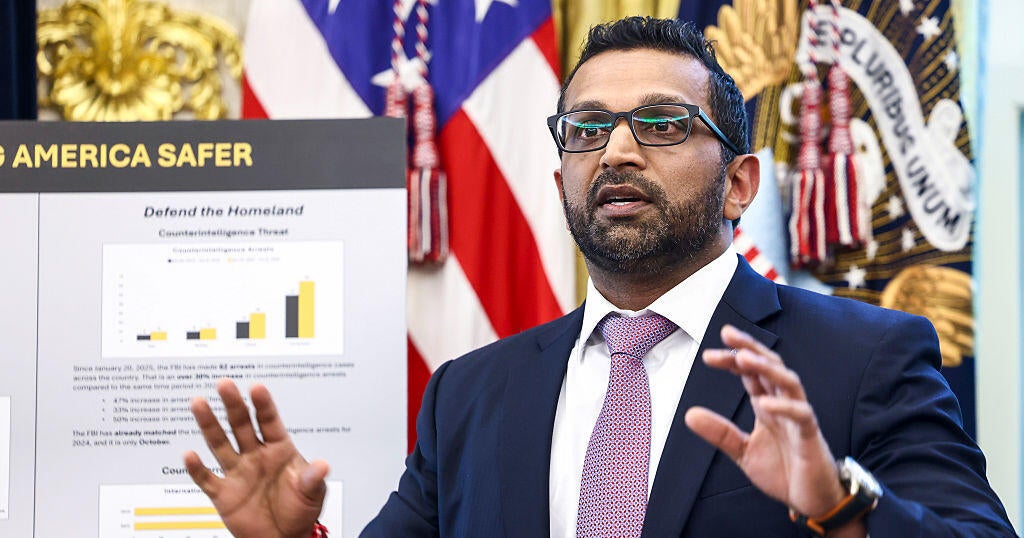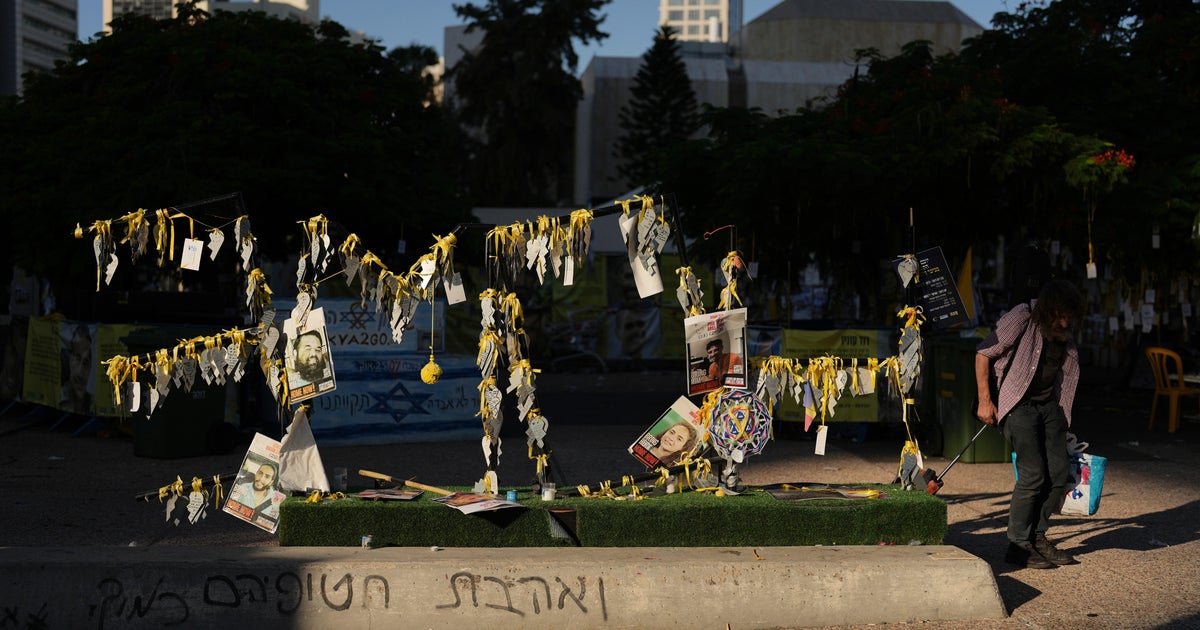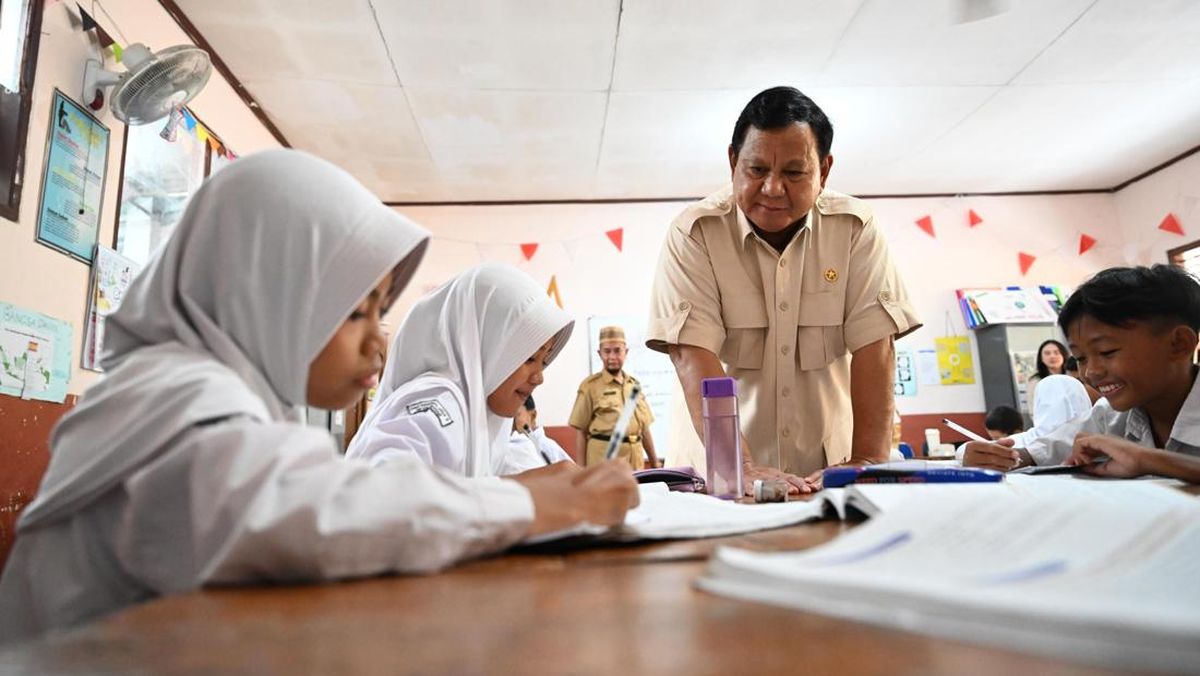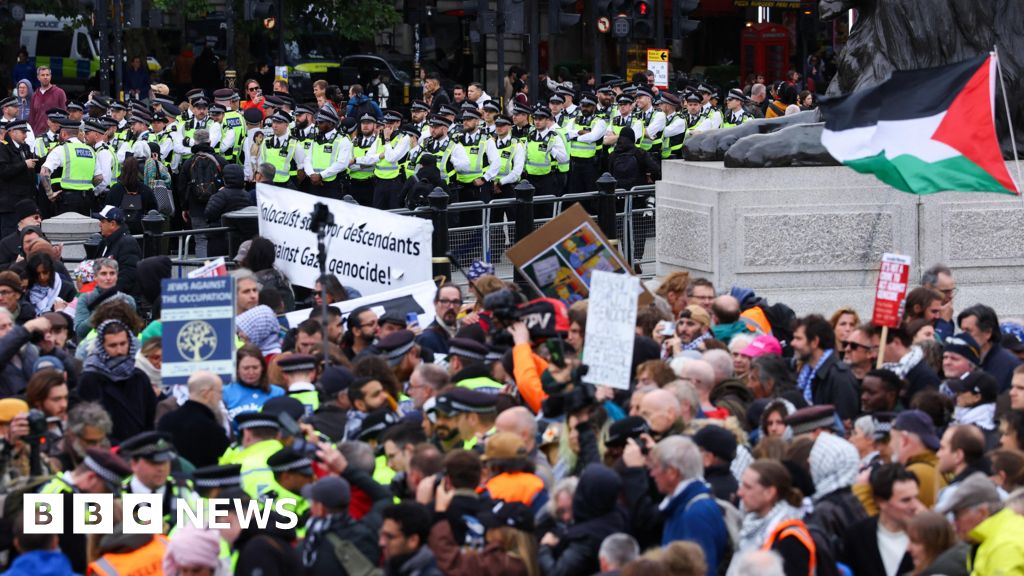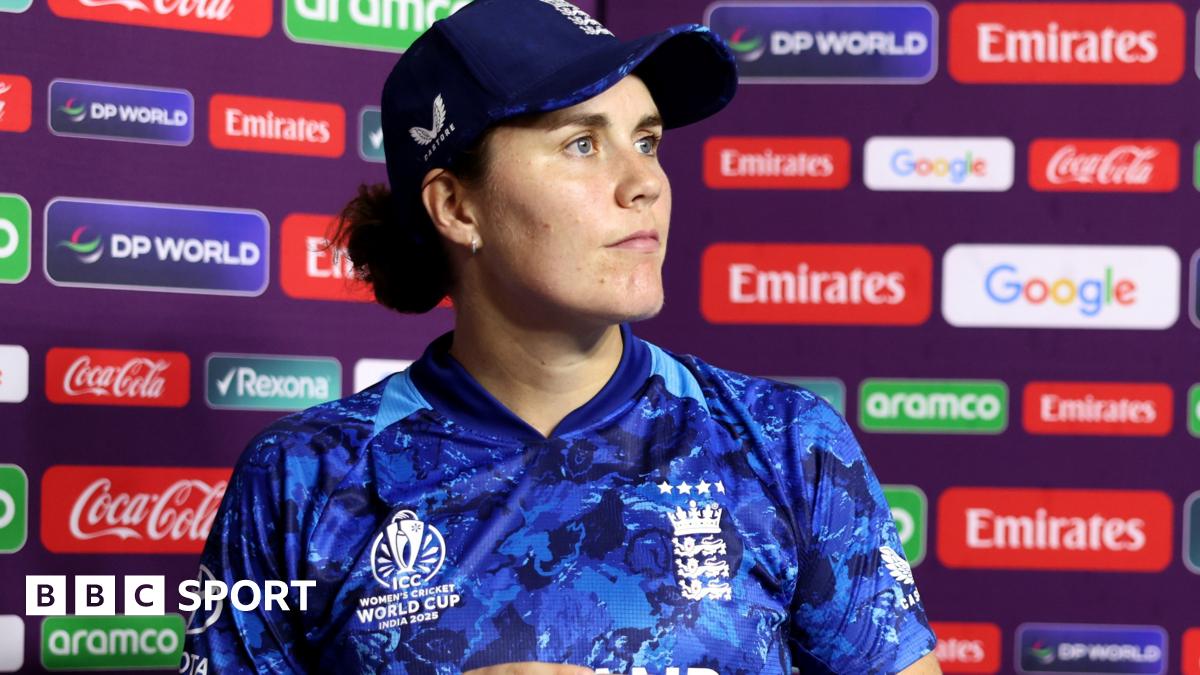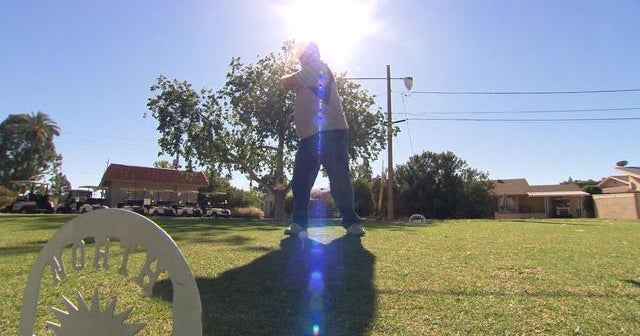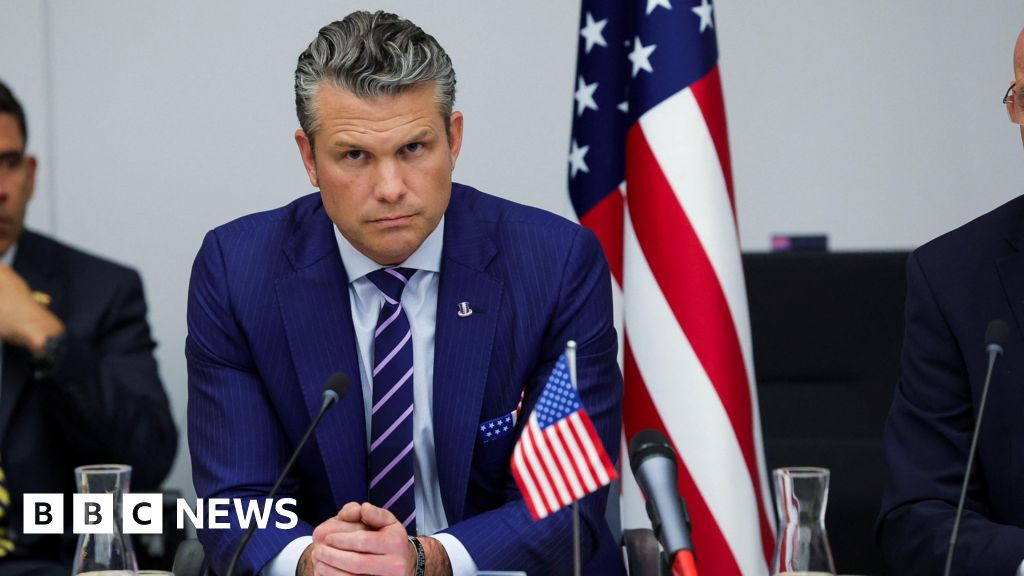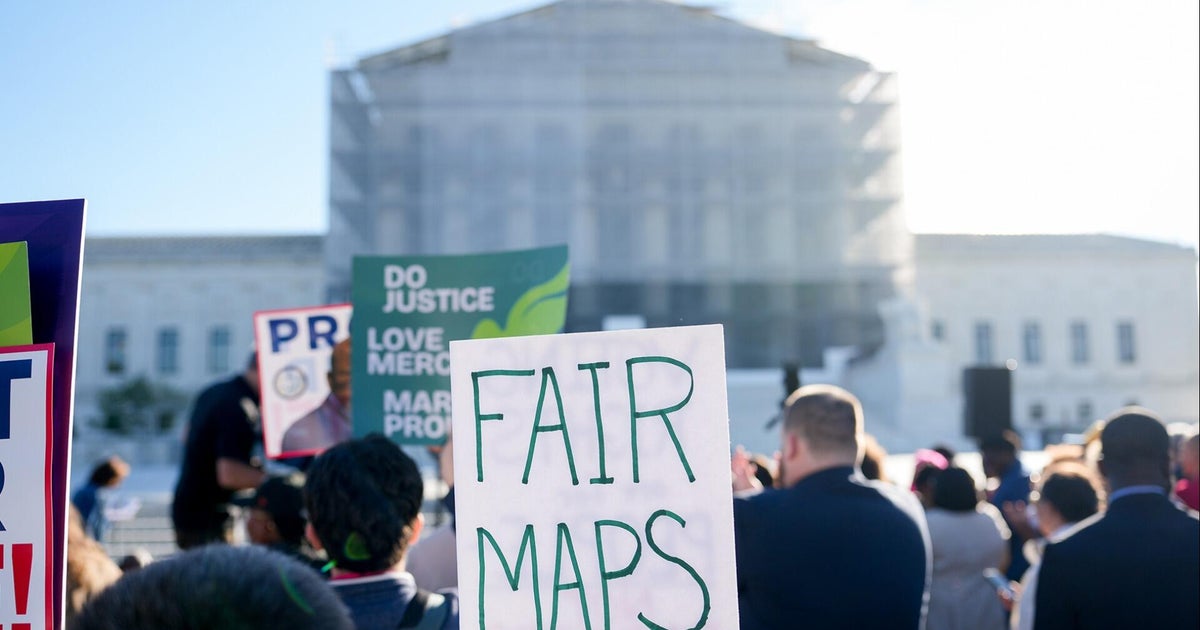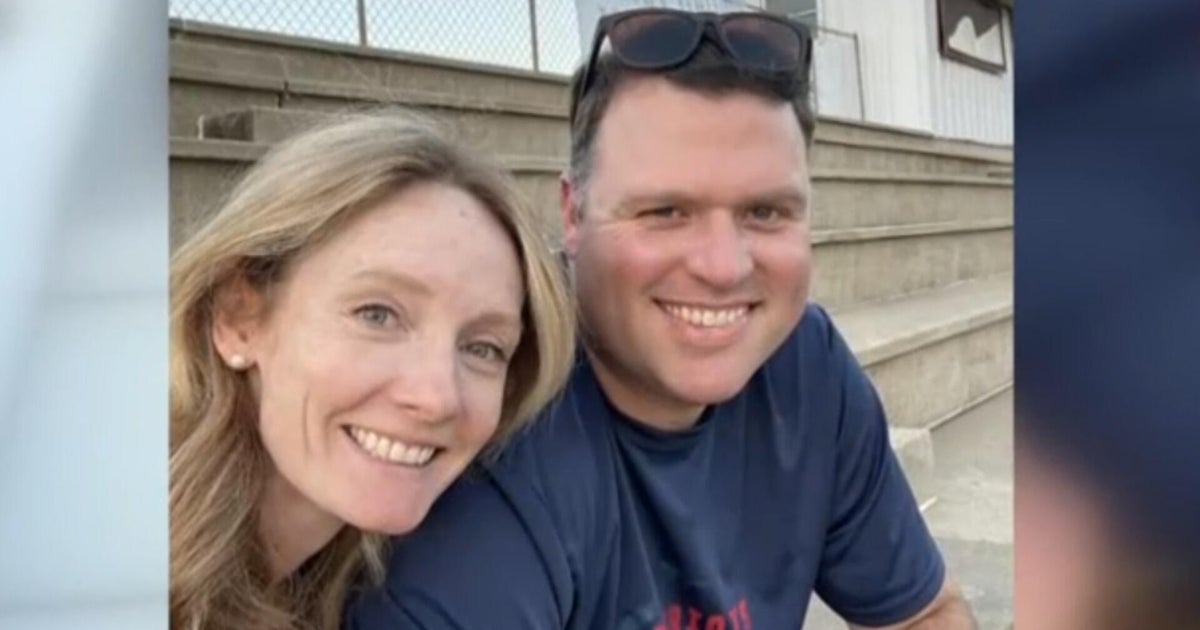Opinion
October 16, 2025 — 5.00am
October 16, 2025 — 5.00am
Bridgerton fans will remember the scene.
Lady Featherington, hopeful of a male heir to secure the family’s place in Mayfair and society, discovers the two daughters she managed to marry off have next to no idea of the process required to produce a child.
Sometimes I believe economists, and plenty of politicians, are almost as befuddled as Prudence and Philippa when it comes to the importance of demography when it comes to economic policy.

Illustration by Dionne Gain
Many of the public figures debating immigration and the nation’s population seem as ignorant about babies and their source as those confused Bridgerton ladies. They also seem unaware of the issue at the other end of the demographic spectrum – death.
Last year, 187,268 Australians left this mortal coil. Outside of 2022, when COVID-related restrictions ended – leading to a spike in deaths – it was the largest number of deaths in a single year.
Since 2011, when the first Baby Boomers started to retire, deaths have climbed by almost 28 per cent – or 40,000 a year.
Figures released on Wednesday revealed that over that same time period, the number of births has fallen by 9200 or 3 per cent. The fertility rate of Australian women dropped from 1.92 in 2011 to a record low of 1.48 last year, a tumble of almost 23 per cent.
The birth-death gap in Australia is still large, but has narrowed quickly.
Less than 20 years ago, there were twice as many births as deaths. That ratio is long gone and there’s little hope of it turning around.
But there are still more births than deaths in Australia, unlike what we’ve seen in many other nations.
In China, for instance, deaths exceed births by 2 million a year. In South Korea, the gap is 120,000, while in Japan, it is around 1 million. Even in Britain, more people are being sent to the morgue than being slapped on the bum in birthing suites.
The United States and Canada are like Australia, where births continue to outnumber deaths, but in both cases, the gap is narrowing (and America struggles with an infant mortality rate double that of Australia).
In both the US and Canada, the number of deaths is more than 80 per cent of births. Just a few years ago, deaths were closer to 50 per cent of births.
Not only are the number of deaths in this country climbing, the underlying demographics of the nation are rapidly changing.
The median age at death for an Australian man is around 80 and 85 for a woman.
Loading
The number of people over the age of 80 has doubled in NSW since the turn of the century. Victoria has eclipsed that with a rise of 111 per cent, while in Queensland, the number has soared by 143 per cent.
It’s being driven by the very old. For instance, there were 721 people aged at least 100 in NSW in 2000. Last year, there were 2194.
At the other end of the age spectrum, in NSW the number of babies – those who had yet to have their first birthday – was in 2023 at its lowest level since 2006.
While population change and demography appear to be slow-moving issues, they’re more like a tsunami. Far from the coast, it appears like the ocean’s gentle swell, but before long, everyone is screaming as they race to higher ground while the wave washes over the land.
Hence the policy rush by some nations to encourage births, such in Hungary, where mothers with more than a couple of kids no longer have to pay income tax. But even that has failed to prevent a drop in fertility rates.
The issues facing north-east Asia and much of Europe have erupted only in recent years. China’s one-child policy ended only in 2015.
The current debate about immigration – is it too much, should we stop it altogether – ignores the other parts of the demographic equation: the drop in births and the surge in deaths.
There are real economic and social ramifications that we, as a nation, are nowhere near to understanding.
Economically, be it a small country town (like the one I lived in) or a nation, depopulation reduces options for those who remain. Be it finding the money to replace vital infrastructure to having staff to care for ageing residents, depopulation is costly.
Loading
The argument coming out of sections of the Coalition and government over making Australia a place that “builds stuff” – looking down their noses at “latte makers” or people in the care economy – ignores the demographic change taking place right now.
We’re going to need more people employed in aged care and health services. People in retirement communities or those supported in their own homes will require greater assistance if we don’t want a repeat of the travesties revealed by the royal commission into aged care.
Rather than a factory pumping out replicas of 1970s muscle cars that need to be filled with leaded petrol every half block, we’re going to need electric scooters so elderly Australians can get around shopping centres to have a latte.
A phoney culture war played out on social media does nothing to resolve how our tax system is increasingly reliant on a dwindling share of working age Australians.
These are the questions that are coming at the nation’s political class and its voters.
The travails facing the Bridgertons and the Featheringtons are set in a fictional world. The demographic issues facing Australia are utterly real.
Shane Wright is a senior economics correspondent for The Age and Sydney Morning Herald.
Get a weekly wrap of views that will challenge, champion and inform your own. Sign up for our Opinion newsletter.
Most Viewed in Politics
Loading

